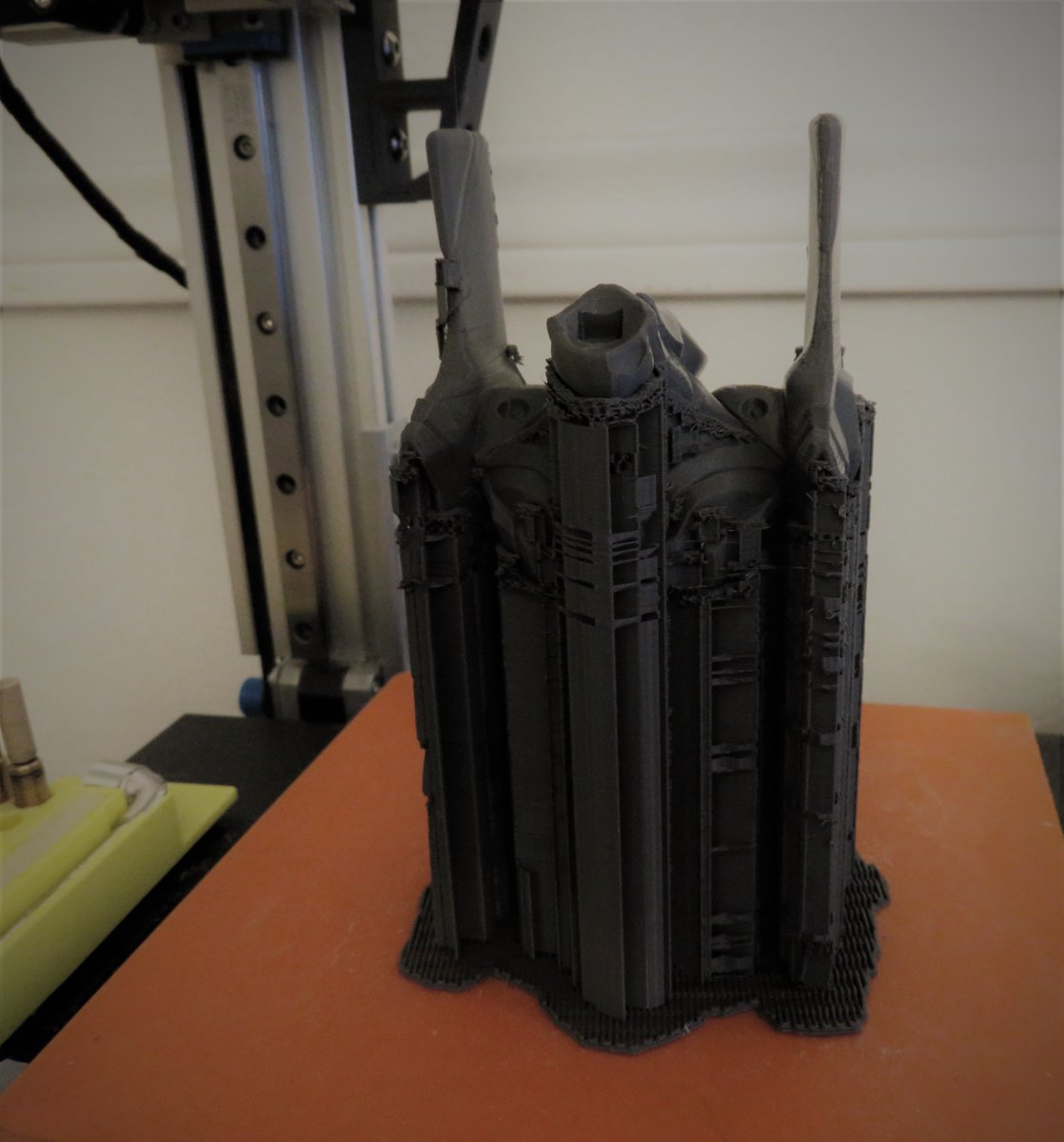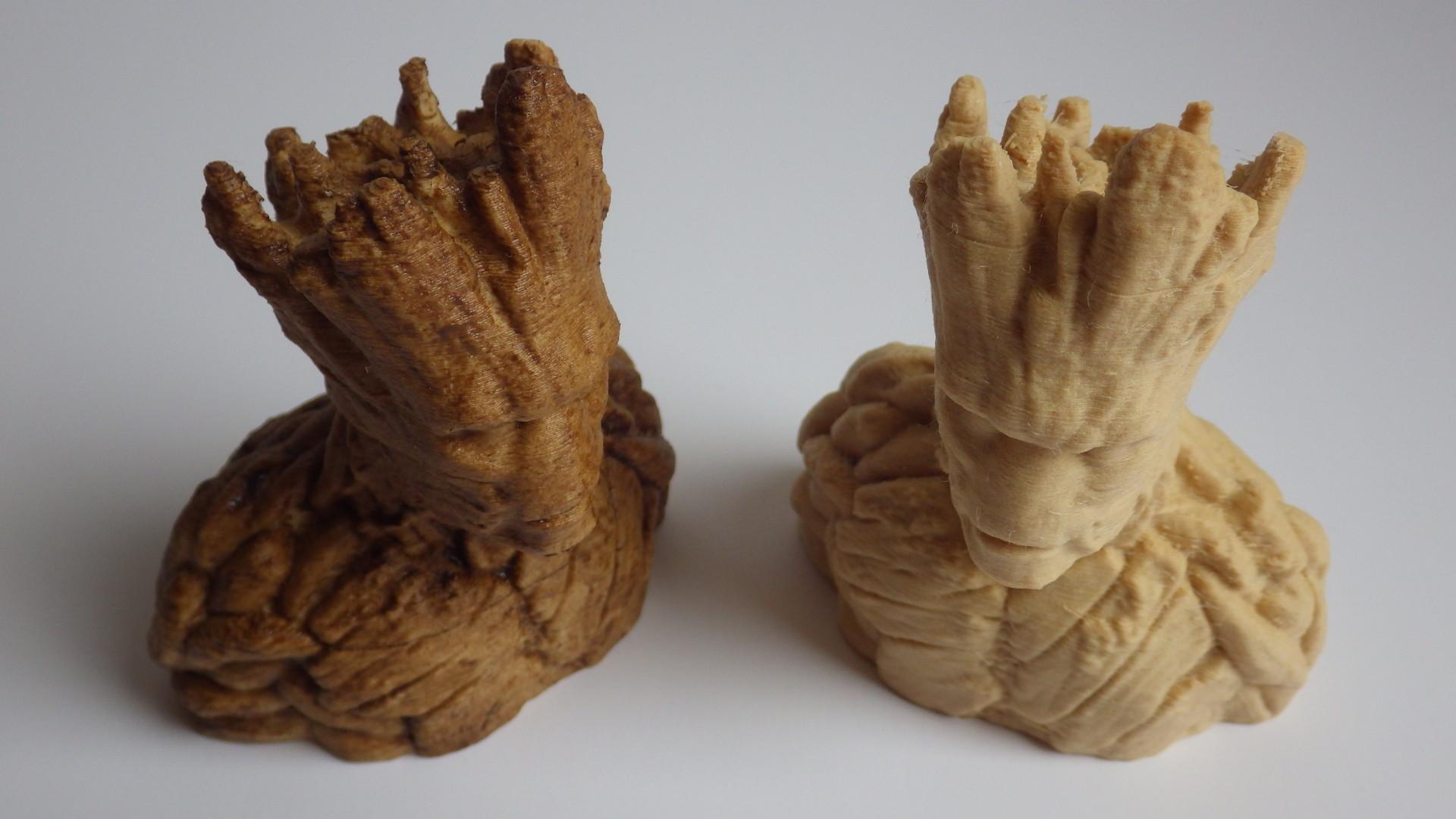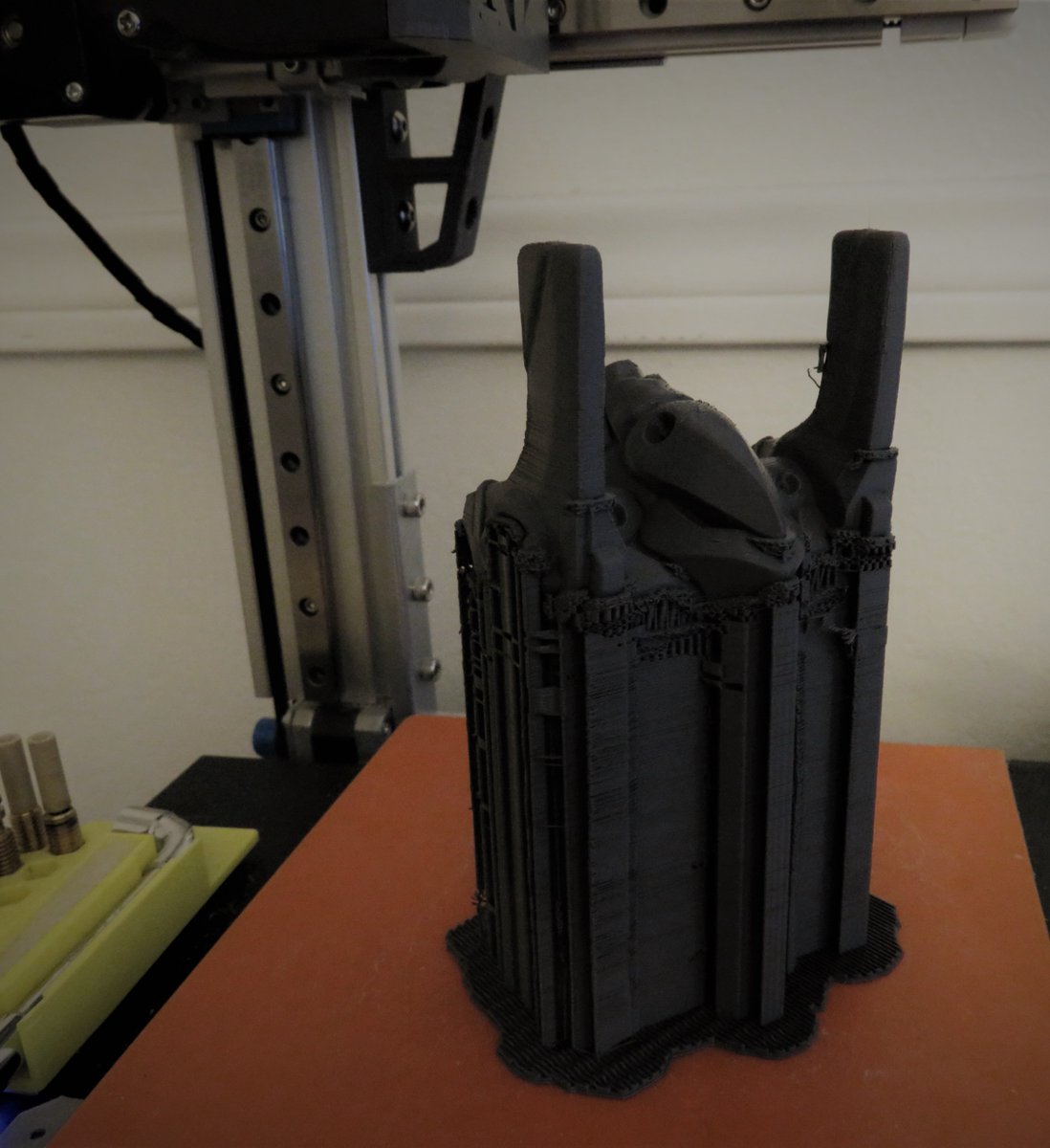

The technology was known, but with the exception of the Kootenai, no groups used sun-dried or baked clay vessels for cooking, preferring cooking pits. While sun-dried clay objects have been found on the Plateau, these discoveries are infrequent. At least one of these objects may be human effigy or figurine, similar to one found near The Dalles ( Kopper 1986:193). The incising was done through the hematite coating, but it could not be ascertained whether the objects were fired before or after incising.

The original color and the subsequent changes between 400º C and 500º C, between 600º C and 700º C, and at 700º C indicate that they were originally fired in an oxygen-poor atmosphere. Endacott then refired three of the fragments in an oxidizing environment, starting at 200º C and increasing by 100º C intervals to 900º C.

The fragments did not disaggregate after several days, suggesting that they had been fired. Endacott conducted disaggregation and refiring experiments on several very small, unprovenienced fragment. They are covered with hematite and predate the earliest radiocarbon date obtained (1750☑50 B.P.).

Flaked stone tools from Squirt Cave (45WW25): a) core b) cobble chopper (source: Endacott 1992:74, Figure 17 illustration by Sarah Moore).įourteen incised clay objects appear to have been fired. Drill and end scrapers from Squirt Cave (45WW25): a) drill b and c) bifacially flaked triangular end scrapers d and e) unifacially flaked end scrapers f-h) unifacially flaked, shouldered end scrapers (source: Endacott 1992: 69-71 Figure 16 illustration by Sarah Moore). Hafted Knife from Squirt Cave (45WW25) (source: Endacott 1992:66, Figure 15 illustration by Sarah Moore). Knives from Squirt Cave (45WW25): a-c) bifacially flaked, pentagonal knives with a straight base d) unifacially flaked, lanceolate e and f) bifacially flaked, triangular, and asymmetrical (source: Endacott 1992:63-65, Figure 14 illustration by Sarah Moore). Projectile Points from Squirt Cave (45WW25): a-e) small triangular points with side notches and concave bases f-h) small triangular points with slightly concave bases and asymmetrical shoulders i and j) large, stemmed, triangular points with prominent shoulders, a medial ridge, and a straight base k and l) small, weakly stemmed, triangular points with prominent shoulders, contracting stems, medial ridges and straight bases (source: Endacott 1992:57-58, Figure 13 illustration by Sarah Moore). Neither Combes nor Endacott submitted obsidian for source analysis. Four additional pieces of obsidian are present in the unanalyzed level bags: one small flake core, one secondary reduction flake, and two unworked nodules. With the exception of seven obsidian artifacts, all ground and flaked stone artifacts are made from local materials: chert, basalt, petrified wood, metamorphic rock, quartzite, slate, argillite, and sandstone. Debitage produced was from the maintenance, sharpening, and reworking of tools. This represents a relatively small amount of debitage and suggests that Squirt Cave was not a tool production site. 2 tools of unknown function, one of basalt with hematite on one edge, the other of petrified woodįifty-four pieces of debitage were recovered about 100 additional pieces of debitage are present in the unanalyzed level bags.15 retouched flakes which represent expedient tools.One is a modified cobble, the other is flaked One is hafted using Dog Bane or Indian Hemp (Apocynum cannabinum). Eight of the projectile points are arrow points which were probably made and used in the Harder Phase two are dart points, which would place them in the earlier Tucannon Phase (see Leonhardy and Rice 1970). Nineteen are chert or other cryptocystalline stone one is basalt and one is petrified wood. 21 projectile points and/or projectile point performs.Ninety-one flaked stone artifacts were recovered. Feature Description and Activity Analysis.Conclusions about the Marmes Rockshelter Site.Photoarchive – 1968 Excavations – WSU Field School.Photoarchive – 1967 Excavations – Area C.Photoarchive – 1967 Excavations – Area B.Photoarchive – 1967 Excavations – Area A.Photoarchive – Granite Point Locality 1967.


 0 kommentar(er)
0 kommentar(er)
